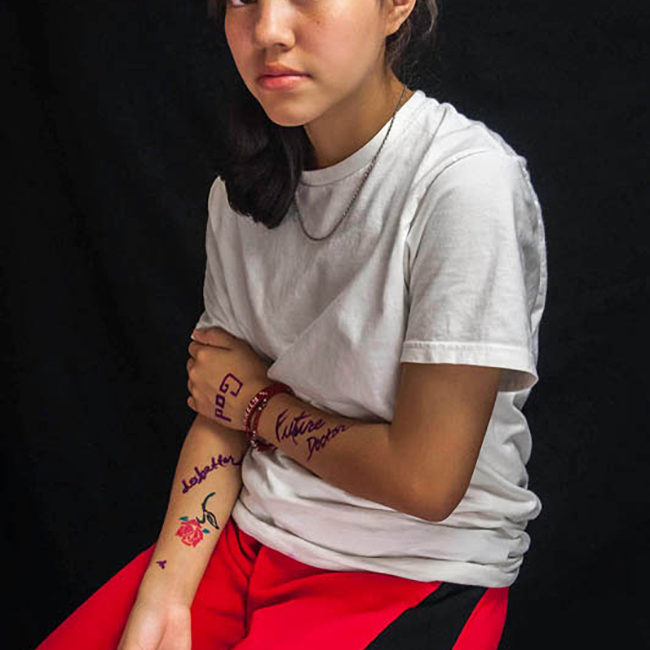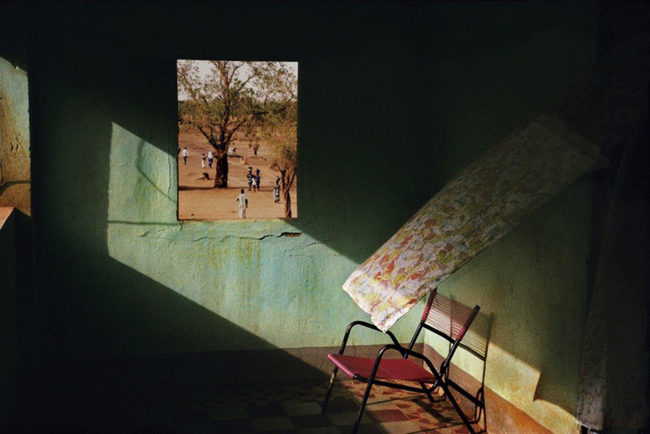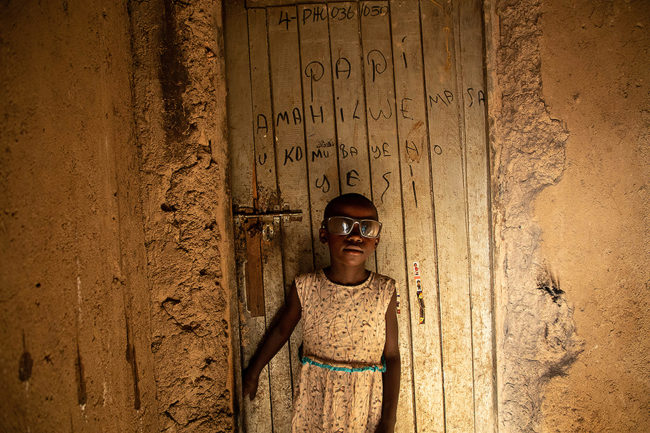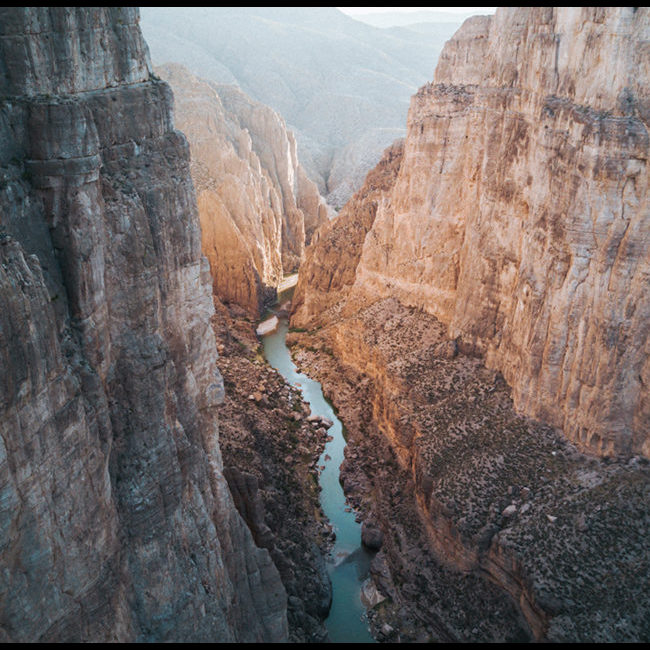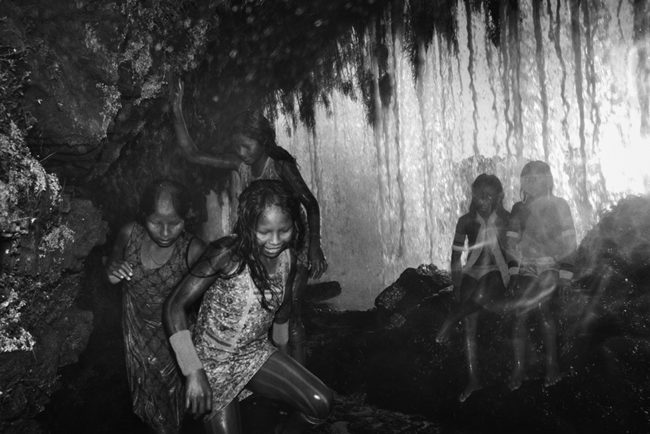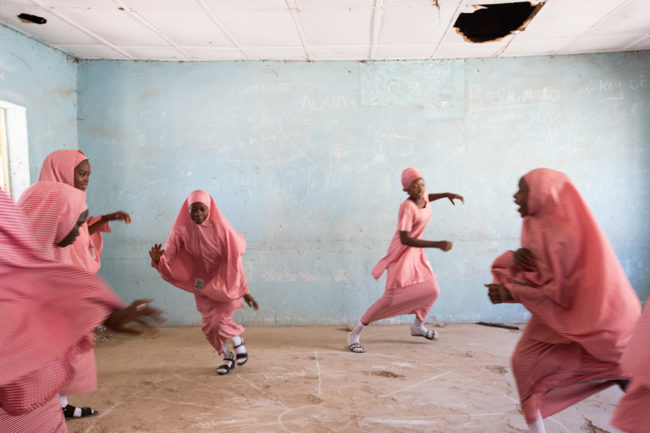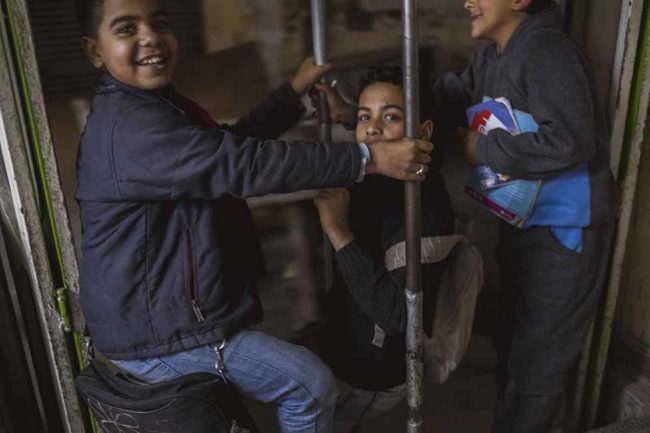Priya Ramrakha was a Kenyan photojournalist who worked in Africa and the U.S. during the 1950s and ’60s, covering the struggle for racial equality and political independence in Kenya and elsewhere. Ramrakha died in 1968, killed by crossfire while covering the Biafran War in Nigeria, but his archives were recently rediscovered in Nairobi. A new show, “Priya Ramrakha: A Pan-African Perspective, 1950-1968,” on view at FADA Gallery at the University of Johannesburg from October 5 to November 1, aims to examine Ramrakha’s role covering anti-colonialist movements and producing images that countered the propaganda that often appeared in the press. Curated by Shravan Vidyarthi and Erin Haney, the show was made possible by the University’s Visual Identities in Art and Design Research Centre.
Ramrakha, the grandson of immigrants from present-day India and Pakistan, began his career covering the Mau Mau Uprising, the anti-colonial insurgency led by black Kenyans against the white farmers who had taken over much of their land. Ramrakha photographed for the anti-colonial press as well as for state-backed papers such as The Sunday Post. Writes the gallery, “He was among the most prolific documentarians of political turbulence and optimism in Kenya, as anti-colonial struggles gained momentum in the 1950s and 1960s.”
On the recommendation of Time photographer Eliot Elisofon, Ramrakha continued his photographic studies at Art Center College of Design, and began covering events in the U.S. for Time and LIFE. His subjects included Dr. Martin Luther King and Malcolm X, along with scenes from everyday life “where people of different backgrounds came together,” the gallery writes. After his return to Kenya, Ramrakha’s press credentials as one of the first African photographers for Time/LIFE granted him access to high-profile political events and figures.
As the gallery writes, Ramrakha’s “attention to everyday expressions of resistance and freedom, and the sustained anti-colonial narrative of his visual commentary, speaks to his distinctive position as a Kenyan correspondent, rooted in subversive and largely unacknowledged histories of Asian and black press collaborations in Africa.” Revisiting his work allows for a new understanding of that history.
Related Stories:
Framing Everyday Africa
New African Photography in Brooklyn
Why We Need More Photographers and Photo Editors of Color
